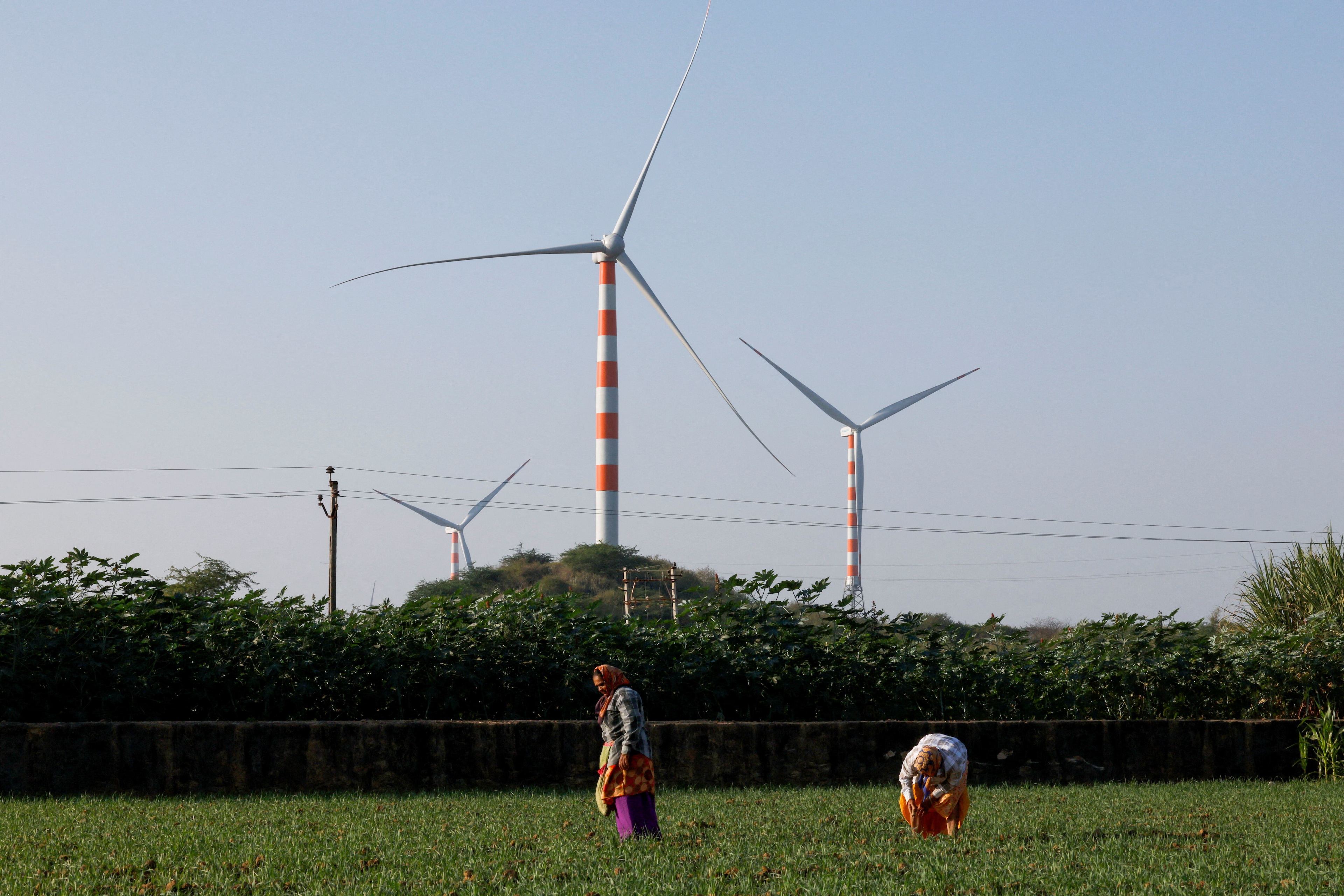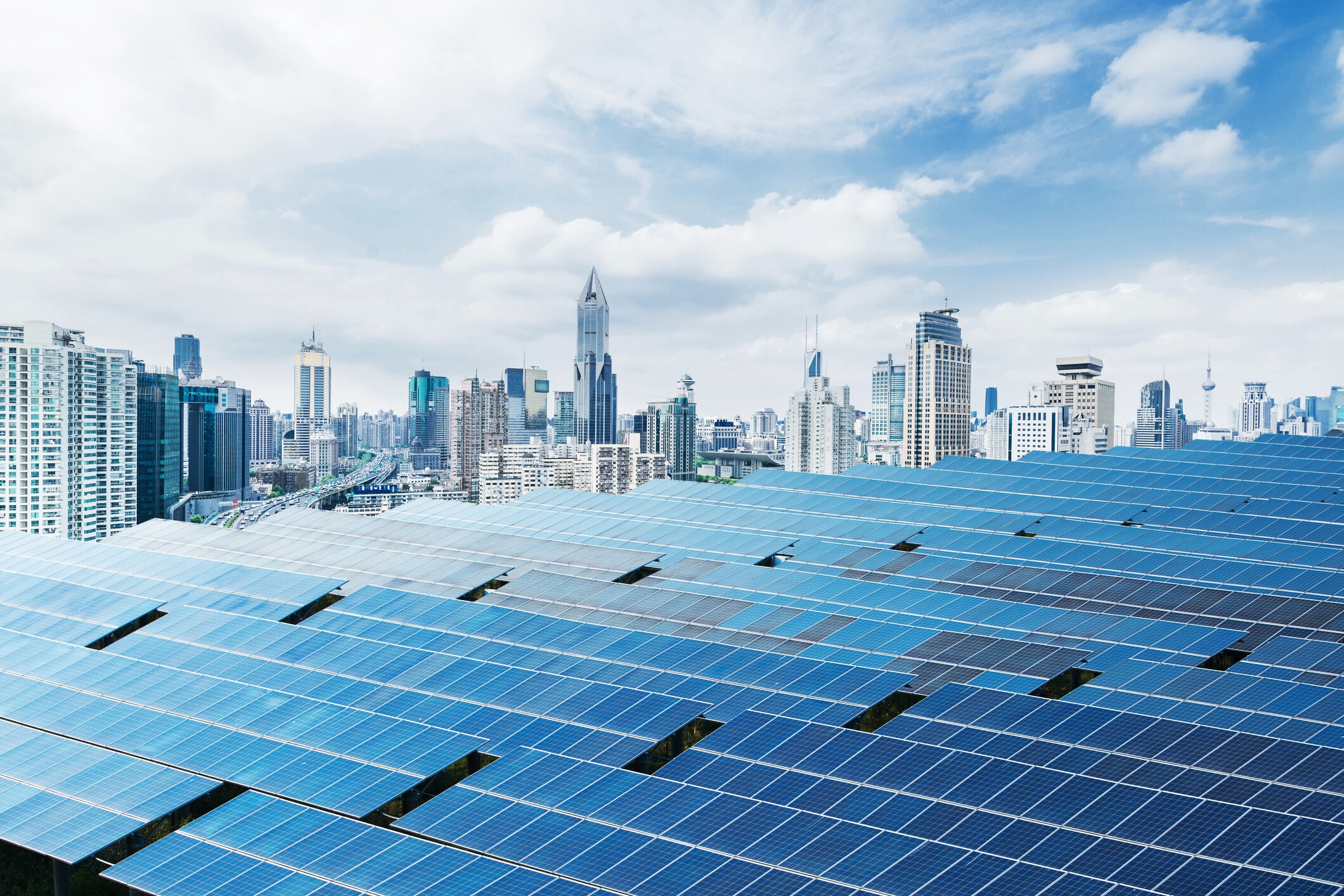To lead the green energy future, solar must clean up its supply chains

The solar industry must work with governments to clean up the solar supply chain.
Image: Unsplash / @amjacobsen
Stay up to date:
SDG 07: Affordable and Clean Energy
- The rapid growth of the solar energy industry seen in recent years is expected to continue.
- Solar is now one of the cheapest power sources available globally, but its long-term sustainability has been threatened by allegations of forced labour and coal use by some silicon producers that supply the solar panel industry.
- The solar industry must work with governments to address these issues through increased supply chain visibility, diversification and more R&D into low-carbon production techniques.
Solar energy could power 40% of US electricity, drive power grid decarbonization and employ up to 1.5 million people by 2035 – all without raising electricity prices, according to the recent Solar Futures Study by the US Department of Energy.
These are big ambitions to meet at a fast pace, but they are welcome and well-analyzed goals. The solar energy industry’s response to the use of forced labor and carbon-intensive energy in its supply chains, however, could affect its long-term viability as a green energy solution.
Long-term sustainability concerns
Just-in-time supply, more nimble manufacturing, and automation have led to dramatic declines in the cost of solar energy, making it one of the cheapest sources of electricity globally. Solar panels are cheaper to build and install today in many places than alternative sources of electricity like coal and natural gas, translating to lower levels of greenhouse gases and air pollution.
Solar panels are cheaper to build and install today in many places than alternative sources of electricity like coal and natural gas, translating to lower levels of greenhouse gases and air pollution.
”The solar industry is currently grappling with supply chain issues that could significantly impact its future, however. It is alleged that the Uyghur ethnic minority and several other minority groups including Kazakhs, and Kyrgyz, are being relocated to reeducation camps in China’s northwest Xinjiang region where they are forced to work. This labour includes the production of polysilicon - the key input in solar panel manufacturing. Since 45% of global polysilicon production occurs in this part of China, nearly half of all solar panels sold globally contain polysilicon from companies based in Xinjiang.
Furthermore, solar panels produced in Xinjiang rely on cheap coal power. This attracted polysilicon manufacturers to this region of China in the first place because electricity is a major cost in the production process. The reliance on polysilicon from coal-fired electricity in the supply chain undermines many of the climate and environmental benefits of solar.
Taking action against forced labour
In the US, the Biden Administration’s Customs and Border Protection put restrictions on imports from the first of these companies linked to forced labor allegations in June 2021: Hoshine Silicon Industry Co. Ltd. The US has already enacted restrictions on other products from the region such as cotton textiles - and these actions could be just the tip of the iceberg.
The US Labor Department added polysilicon from China to the list of materials believed to be made with child labour or forced labour in July 2021. By August, it was reported that shipments of photovoltaic modules made by several large manufacturers were being seized by customs and border protection before they could enter the US market.
This issue is further complicated by the fact that polysilicon from many manufacturers is often blended. This means that an even greater share of solar panel inputs could be linked to forced labor.
Here are three actions that could help to improve this situation
1) Energy companies can increase supply chain transparency for renewable energy components and hold suppliers to higher compliance standards.
This means more than simply signing a pledge to implement supply chain traceability protocols, as proposed by the Solar Energy Industry Association. We must take immediate action on supply chains with known or alleged forced labor. If transparency cannot be found further along the supply chain, or companies are unable to hold suppliers accountable, it might be time to relocate or divest from that supply chain altogether.
If transparency cannot be found further along the supply chain, it might be time to relocate or divest from that supply chain altogether.
”2) The solar industry must diversify processing, manufacturing, and assembly of key inputs and component parts.
The world needs a robust manufacturing force to meet renewable energy targets, and the time to start building it out is now. A concentrated industry in terms of firms or geography is a less resilient industry, as demonstrated by the supply chain disruptions caused by COVID-19 last year. By diversifying its practices, the industry can avoid such disruptions and ensure that it is not wholly reliant on potentially problematic sources, making it easier in the future to quickly pivot as needed.
3) Policy-makers should offer more support for research and development into new technologies and cleaner and sustainable manufacturing and processing.
Competition among solar industry manufacturers has driven steep cost declines in recent years. Given the Xinjiang region’s reliance on coal-fired electricity and claims of forced labor, however, these cost savings have come with several avoidable environmental and social costs. Advances in new solar technologies and greener manufacturing processes would further enhance the benefits that solar has to offer. In particular, R&D efforts should be directed towards producing polysilicon with low-carbon energy, which would reduce the climate and air pollution impacts of solar energy.
What's the World Economic Forum doing about the transition to clean energy?
Addressing these issues is critical to ensuring the long-term sustainability of solar energy, which will continue to be central to climate action. Industry advocates and policy-makers must act swiftly to root forced labour out of solar supply chains, by increasing supply chain visibility, diversifying sourcing practices, and supporting research and development into low-carbon production of polysilicon. Anything less is simply unacceptable.
Don't miss any update on this topic
Create a free account and access your personalized content collection with our latest publications and analyses.
License and Republishing
World Economic Forum articles may be republished in accordance with the Creative Commons Attribution-NonCommercial-NoDerivatives 4.0 International Public License, and in accordance with our Terms of Use.
The views expressed in this article are those of the author alone and not the World Economic Forum.
Forum Stories newsletter
Bringing you weekly curated insights and analysis on the global issues that matter.
More on Energy TransitionSee all
Gaurav Upadhyay and Labanya Prakash Jena
August 8, 2025
David Timis
August 8, 2025
Forum Stories
August 6, 2025
Marina Colombo and Lynn Kappes
August 6, 2025
Sverre Alvik
August 5, 2025
Michael Wang
July 28, 2025






